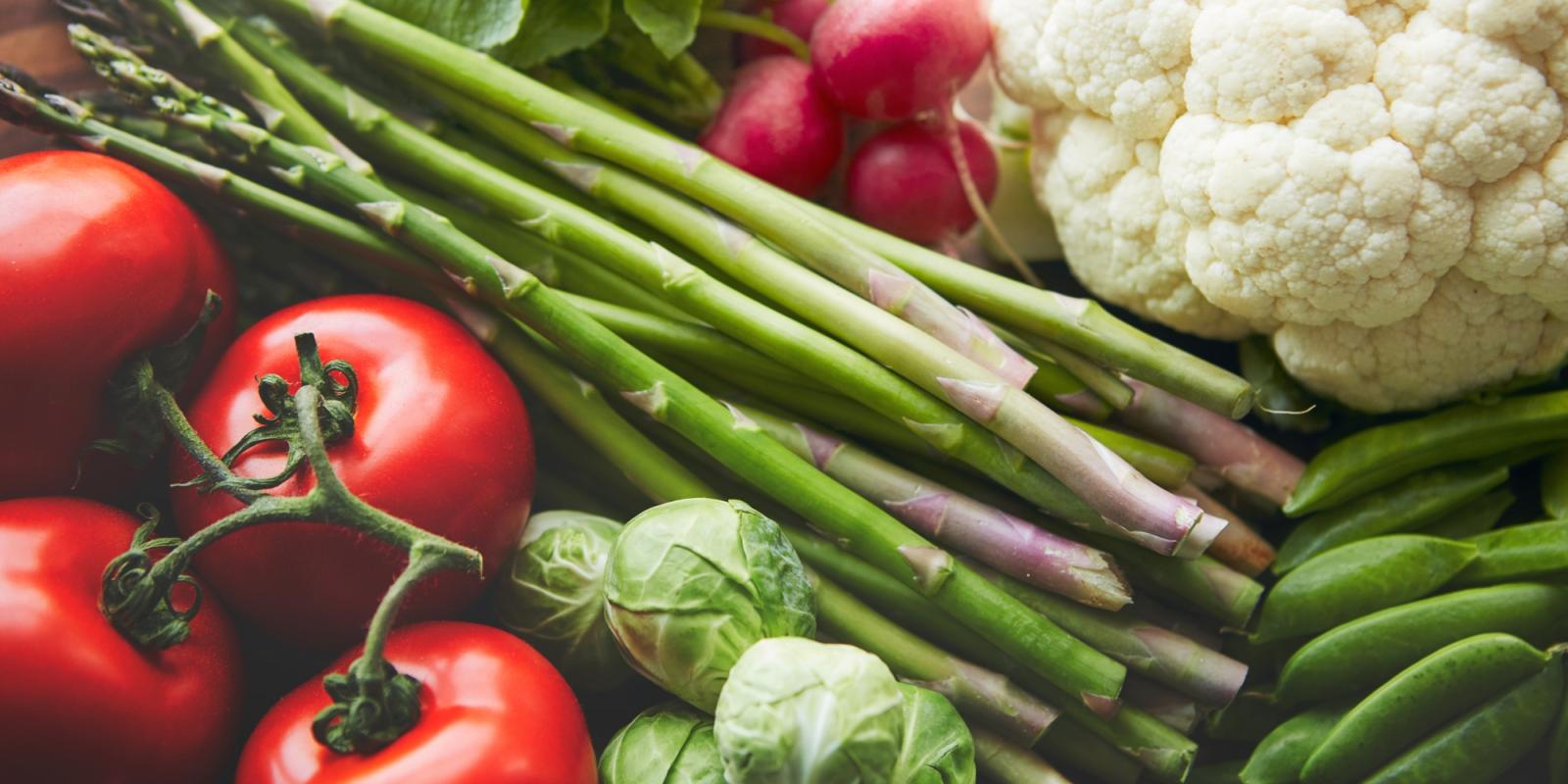No one in our country should go hungry, but millions of Americans struggle with malnutrition, hunger and food insecurity. This is particularly true in communities of color and Indigenous communities, rural and low-income areas, and among older adults, where food insecurity and health disparities are prevalent.
Malnutrition is a condition that occurs when a person does not get enough protein, calories or nutrients in their diet. Since 2012 when the American Society for Parenteral and Enteral Nutrition (ASPEN) created Malnutrition Awareness Week, the week of September 16 has been observed as a reminder of the importance of addressing this ongoing issue.
This Malnutrition Awareness Week, we reaffirm our commitment to ending hunger and identifying malnutrition, so everyone has access to the nutrition they need to thrive.
Identify Malnutrition Early
This year, Malnutrition Awareness Week comes just a month after an important action by the Centers for Medicare & Medicaid Services (CMS). One step to address malnutrition is the implementation of the Global Malnutrition Composite Score (GMCS), a voluntary hospital quality measure originally designed so hospitalized patients ages 65 and older receive optimal care tailored to their level of malnutrition risk and severity.
This August, CMS expanded the GMCS to include all adults ages 18 and older. Identifying malnutrition in its early stages is critical for effective treatment and management. This is especially important for vulnerable populations that may not have consistent access to nutritious food or may experience barriers to receiving healthcare.
‘As many as half of older adults living in the United States are malnourished or at risk for malnutrition.’
Addressing malnutrition, particularly in the inpatient hospital setting, is a fundamental health equity issue, with readmission rates significantly higher for Black and Hispanic Americans, as well as for American Indians and Alaskan Natives (AI/AN).
Health Equity Is Intertwined with Malnutrition and Food Insecurity
Health equity means everyone has a fair opportunity to achieve their full health potential regardless of social, economic or demographic factors. Food insecurity affects health equity because it’s a significant contributor to malnutrition and it disproportionately affects marginalized communities. In 2022, food insecurity rose in America; 13% of all U.S. households were food insecure, with 28% of AI/AN households experiencing food insecurity.
Among older adults, Black, non-Hispanic older adults (17.2%) and Latino older adults (17.6%) were more than 2.7 times as likely to experience food insecurity compared to white, non-Hispanic older adults (6.3%). Access to nutritious food is often limited due to a combination of factors, including economic barriers, geographic isolation and systemic inequalities. The challenge is even greater in communities of color, where historical and structural inequalities have led to higher rates of chronic diseases that are worsened by poor nutrition.
Malnutrition can exacerbate health conditions, increase the risk of hospitalization and readmissions, and impair recovery. Recent data showed deaths from malnutrition doubled from 2016 to 2022, especially among those ages 85 and older.
Providing Support in the Community
Federal nutrition programs, like the Older Americans Act (OAA) Nutrition Program and the Supplemental Nutrition Assistance Program (SNAP), along with other nutrition programs such as Meals on Wheels, are essential in providing ongoing support to older adults and vulnerable populations. These programs help individuals access nutritious food, reducing the risk of readmission to the hospital and supporting overall health.
OAA nutrition programs are designed to reduce malnutrition, and they include malnutrition screening for all program participants. According to Defeat Malnutrition Today’s 2020 National Blueprint: Achieving Quality Malnutrition Care for Older Adults, as many as half of older adults living in the United States are malnourished or at risk for malnutrition. Nutrition programs through the OAA provide additional resources to support the ability of older adults to live and age with dignity in their communities via home-delivered and congregate meal programs. Congresswoman Suzanne Bonamici (D-OR) successfully led the effort in 2020 to pass a bipartisan update of the OAA that strengthened these programs, but we still need more federal investments to reach all of those who are in need.
Many people face challenges accessing federal services because of lack of awareness, stigma and program eligibility. We can help close the gaps in nutrition and health equity by improving access to existing programs and expanding awareness and enrollment efforts, and by strengthening our nation’s food system.
Commitment to Ending Hunger
This Malnutrition Awareness Week we must reaffirm our commitment to ending hunger so everyone has access to the nutrition they need to live healthy, fulfilling lives. At the 2022 White House Conference on Hunger, Nutrition and Health, many of us outlined ways we could strengthen our nation’s food system to improve food access and affordability. This includes advocating for stronger community support systems, increasing awareness about available resources, and advocating for policies that address the root causes of food insecurity and malnutrition.
Nutrition programs like the OAA and SNAP have made significant strides in feeding those in need, but there is still much work to be done. As we move forward, we must continue working toward a future where all individuals, regardless of age, race or income, can access good nutrition.
Congresswoman Suzanne Bonamici represents Oregon’s 1st District. Bob Blancato is the national coordinator of Defeat Malnutrition Today and executive director of the National Association of Nutrition and Aging Services Programs.
Photo credit: Shutterstock/PeopleImages.com – Yuri A.













